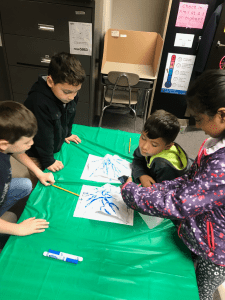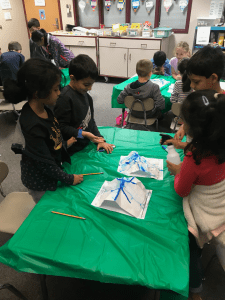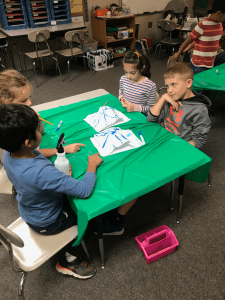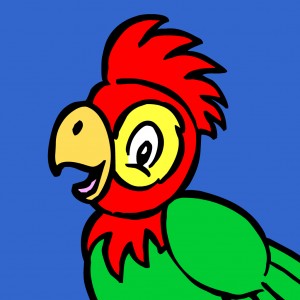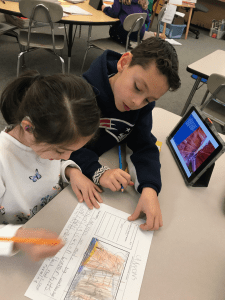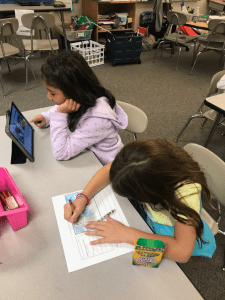Posted by kavery508 | Posted in Uncategorized | Posted on December 16, 2019
We’re almost there! Just a couple more snowflakes and we’ve reached our goal and earned our special day. As a special reward for demonstrating good work habits, students are invited to wear pajamas to school Friday. Please keep in mind the following guidelines for appropriateness and safety:
- Kids will be going outside, so dress for the weather: PJs with tops and bottoms are best. Sweats work equally well, or a combination of the two.
- Sneakers or regular footwear are a must for coming to school/going home/recess. Kids are allowed (not required) to bring slippers–but keep in mind they’ll be wearing them all over school, including the bathrooms!
- No toys, stuffed animals, or accessories, please.
On Friday, we will celebrate by making crafts; practicing summarizing skills using Hans Christian The Snow Queen; singing together at an all-school sing-a-long; and more! Thanks for the countless ways you support your child’s learning. These kids are so well cared for physically, emotionally, and academically and I’m proud to be sharing their journey with you. I wish you the happiest of holidays, and all the best in 2020!
 We’re wrapping up our study of Opinion Writing in style! Here are some from 1) Ved and 2) Nicholas, on why kids should have and iPhone; and 3) Oliver, and 4) Sophie on why they shouldn’t: 1) My first reason is, if you’re lost your parents can track you down. For example, if you’re lost in the woods your parents can find you because your iPhone has a tracking chip. 2) My second reason is, in an emergency they can dial 911. For example, if there was a fire you can call 911 for help from the firemen. 3) My first reason is, they could play games all day. For example, if they run off and play on it all day they will not get any smarter. 4) Kids might fool around and dial 911. If they call 911 when it’s not an emergency they can get in really really big trouble. Great job stating opinions and supporting them with evidence!
We’re wrapping up our study of Opinion Writing in style! Here are some from 1) Ved and 2) Nicholas, on why kids should have and iPhone; and 3) Oliver, and 4) Sophie on why they shouldn’t: 1) My first reason is, if you’re lost your parents can track you down. For example, if you’re lost in the woods your parents can find you because your iPhone has a tracking chip. 2) My second reason is, in an emergency they can dial 911. For example, if there was a fire you can call 911 for help from the firemen. 3) My first reason is, they could play games all day. For example, if they run off and play on it all day they will not get any smarter. 4) Kids might fool around and dial 911. If they call 911 when it’s not an emergency they can get in really really big trouble. Great job stating opinions and supporting them with evidence!
 In math this week, students will be applying their new knowledge of multiplication and division when solving word problems. This week’s math homework asks them to draw pictures or symbols to show their work when solving these. One method we’ve taught them is to draw circles and stars, like in the picture below:
In math this week, students will be applying their new knowledge of multiplication and division when solving word problems. This week’s math homework asks them to draw pictures or symbols to show their work when solving these. One method we’ve taught them is to draw circles and stars, like in the picture below:
These can be used in division, too. Here’s how: when you know the total and the number of groups and you want to find the number in each group, draw circles for the groups and deal (like playing cards) stars to each circle. In the above picture that would look like this: 8 ÷ 2 = 4. Kids would draw 2 circles and then put one star in the first circle, then the second circle, then repeat until you have “used up” the 8 items. This shows them there are 4 in each group.
Now let’s say you know the total and the number in each group, and want to find the number of groups. In the above example that would look like 8 ÷ 4 = 2. In this case, you draw groups of 4 until you “use up” the 8 items.
The ‘circle and stars’ idea comes from a game that kids can play at home with any numbers: Circles and Stars
Here’s us in action, using nonfiction text features to make sense of expository text!

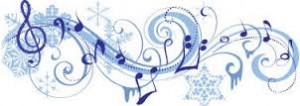
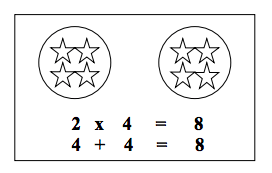
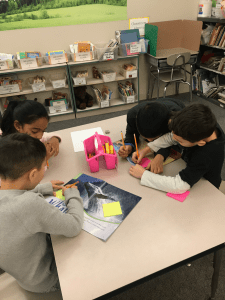


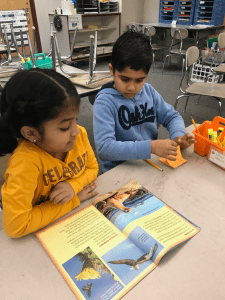
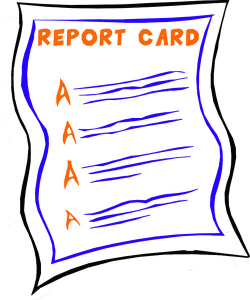



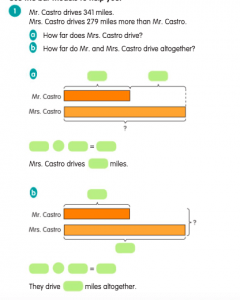
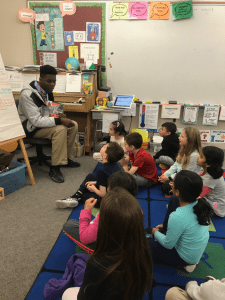
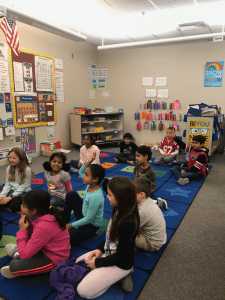
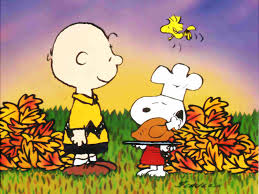

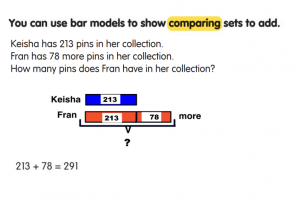
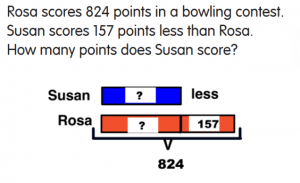

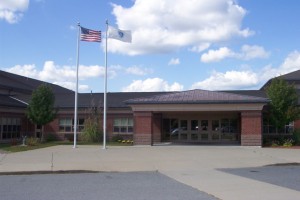
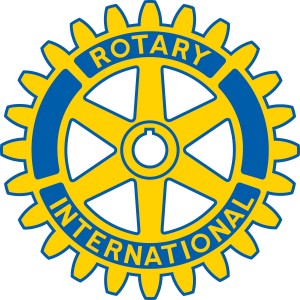 Rotary Readers are coming! In an effort to promote literacy across the town, Members of the
Rotary Readers are coming! In an effort to promote literacy across the town, Members of the 


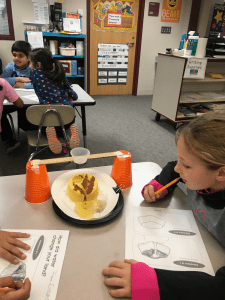
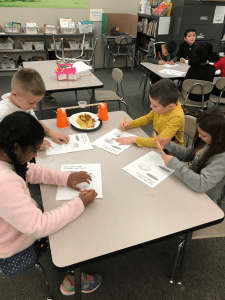
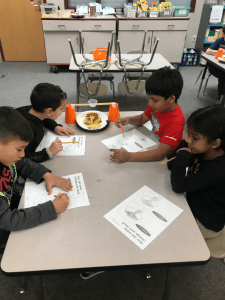


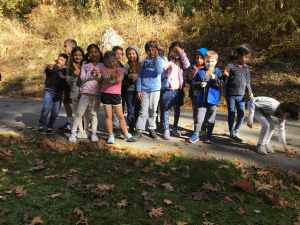
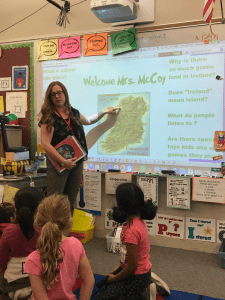
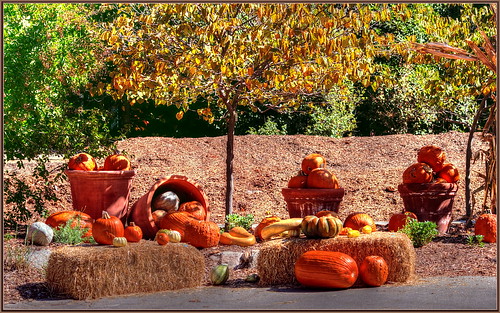

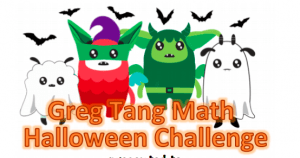
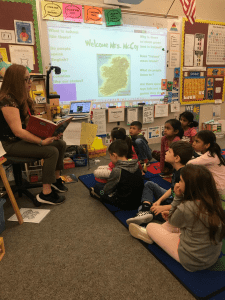
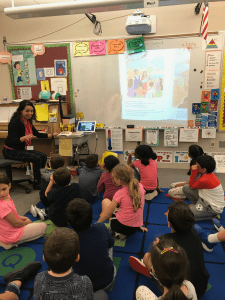
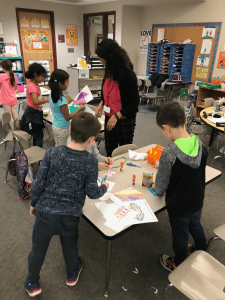
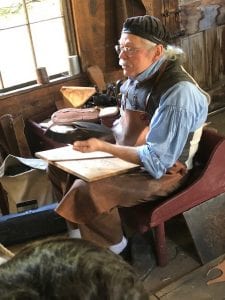
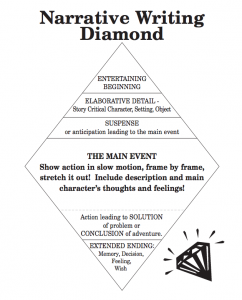
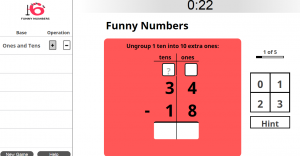

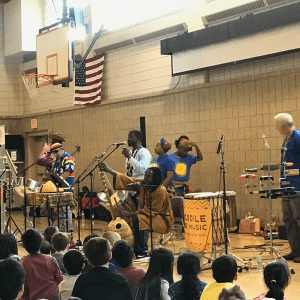



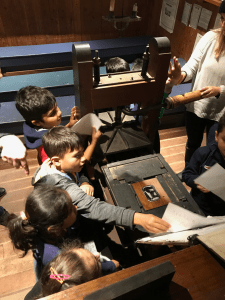
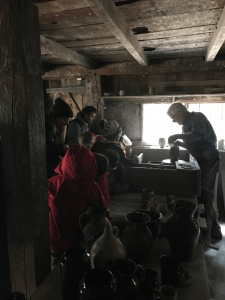
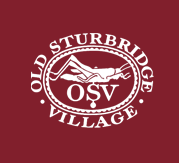
 Fall Festival: If you couldn’t join us on the field trip, consider coming for Fall Festival. In lieu of Halloween parties, our school engages kids with activities and crafts around fall and halloween. We need 2 more parent volunteers to help run crafts on Thursday, October 31, 9:30-11:00. Please let me know if you can help out!
Fall Festival: If you couldn’t join us on the field trip, consider coming for Fall Festival. In lieu of Halloween parties, our school engages kids with activities and crafts around fall and halloween. We need 2 more parent volunteers to help run crafts on Thursday, October 31, 9:30-11:00. Please let me know if you can help out!